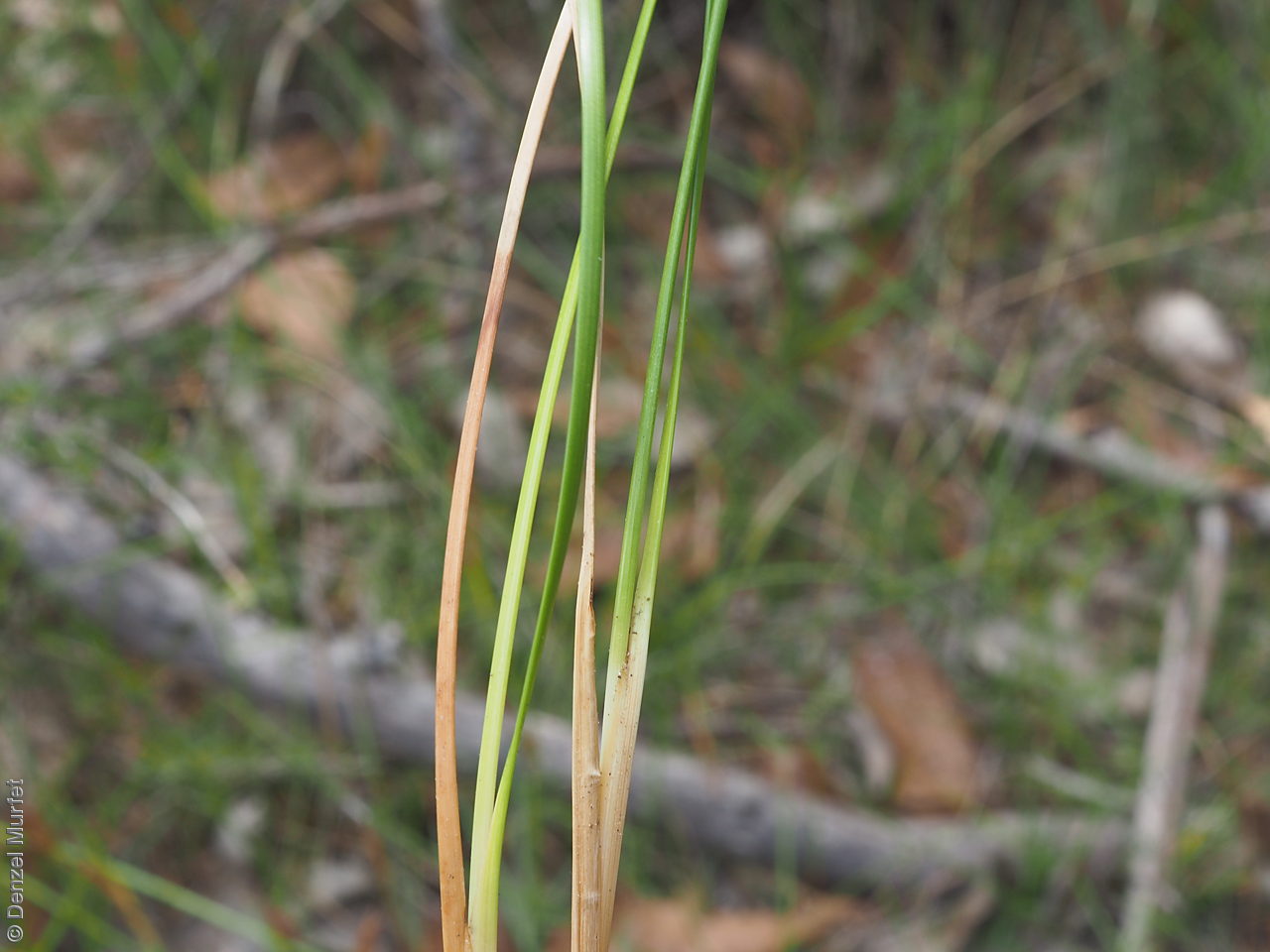
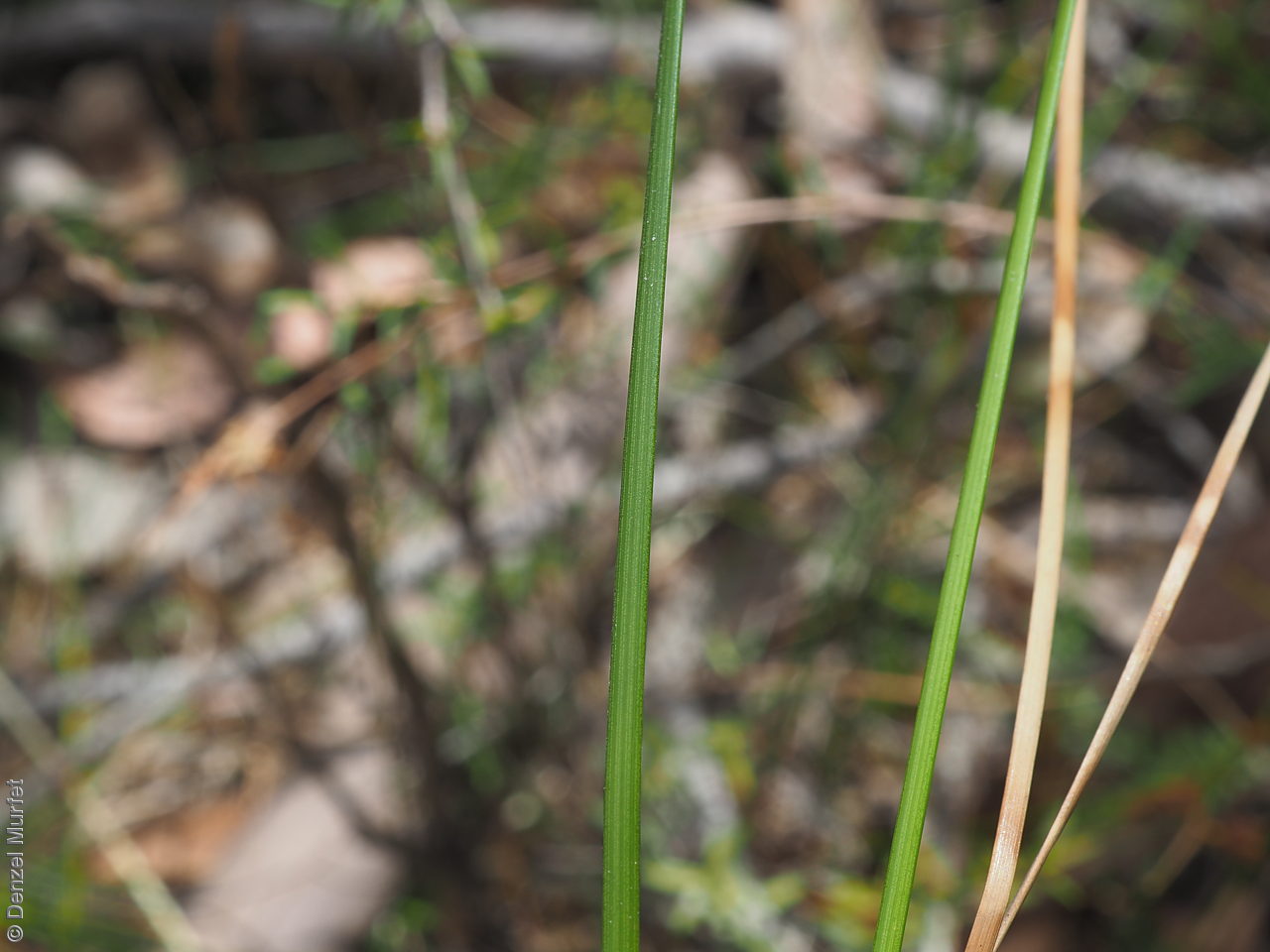
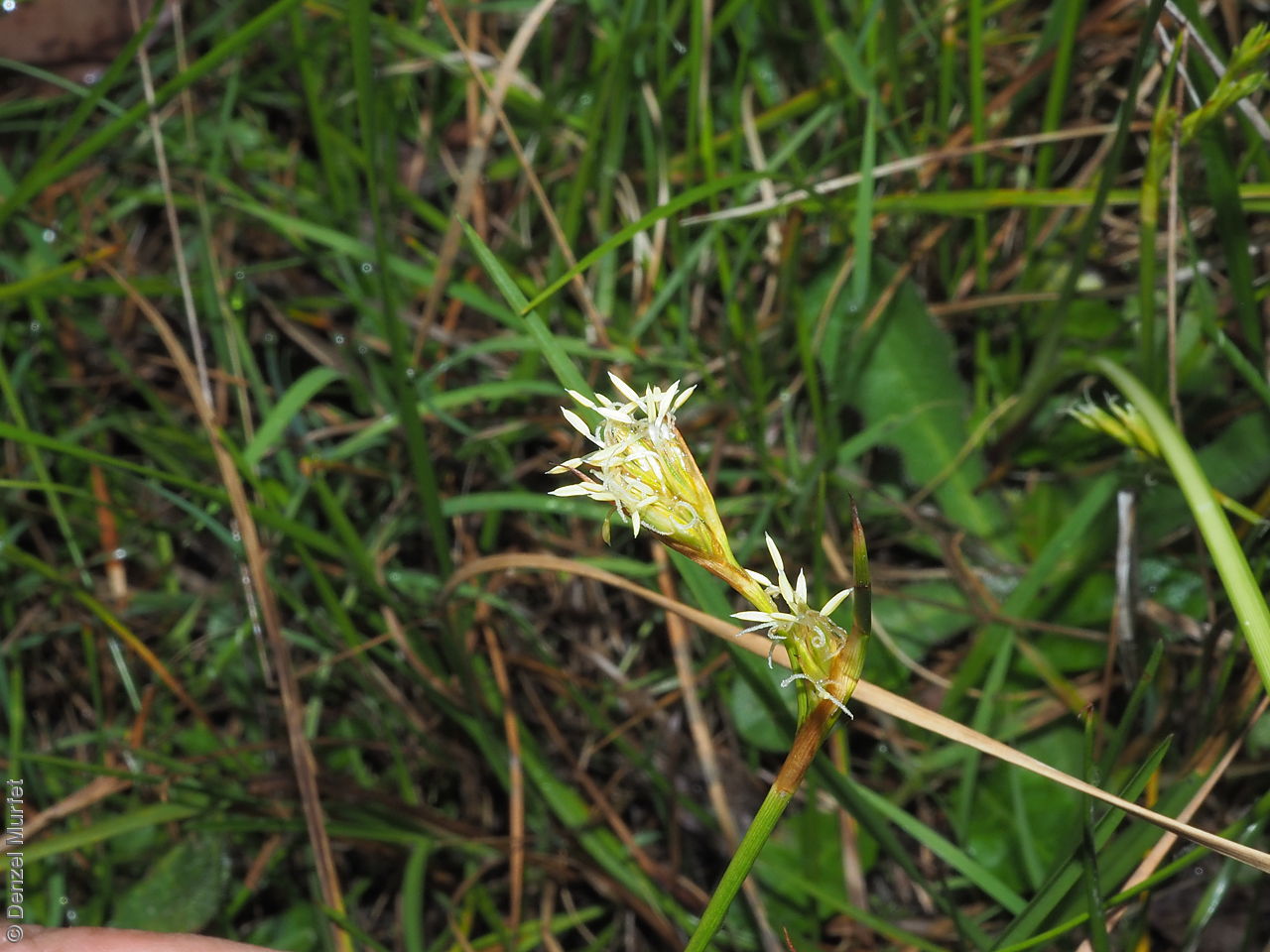
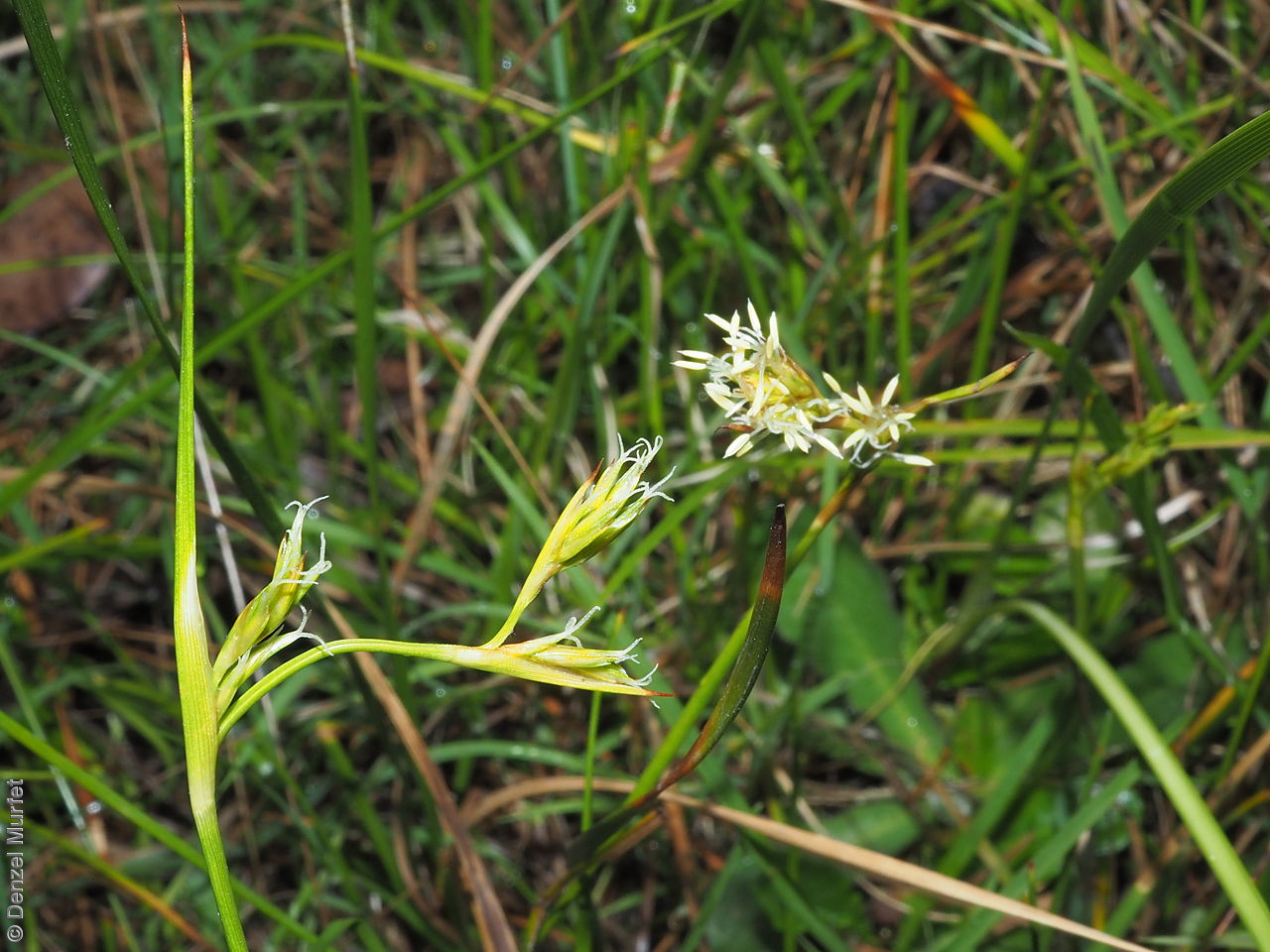
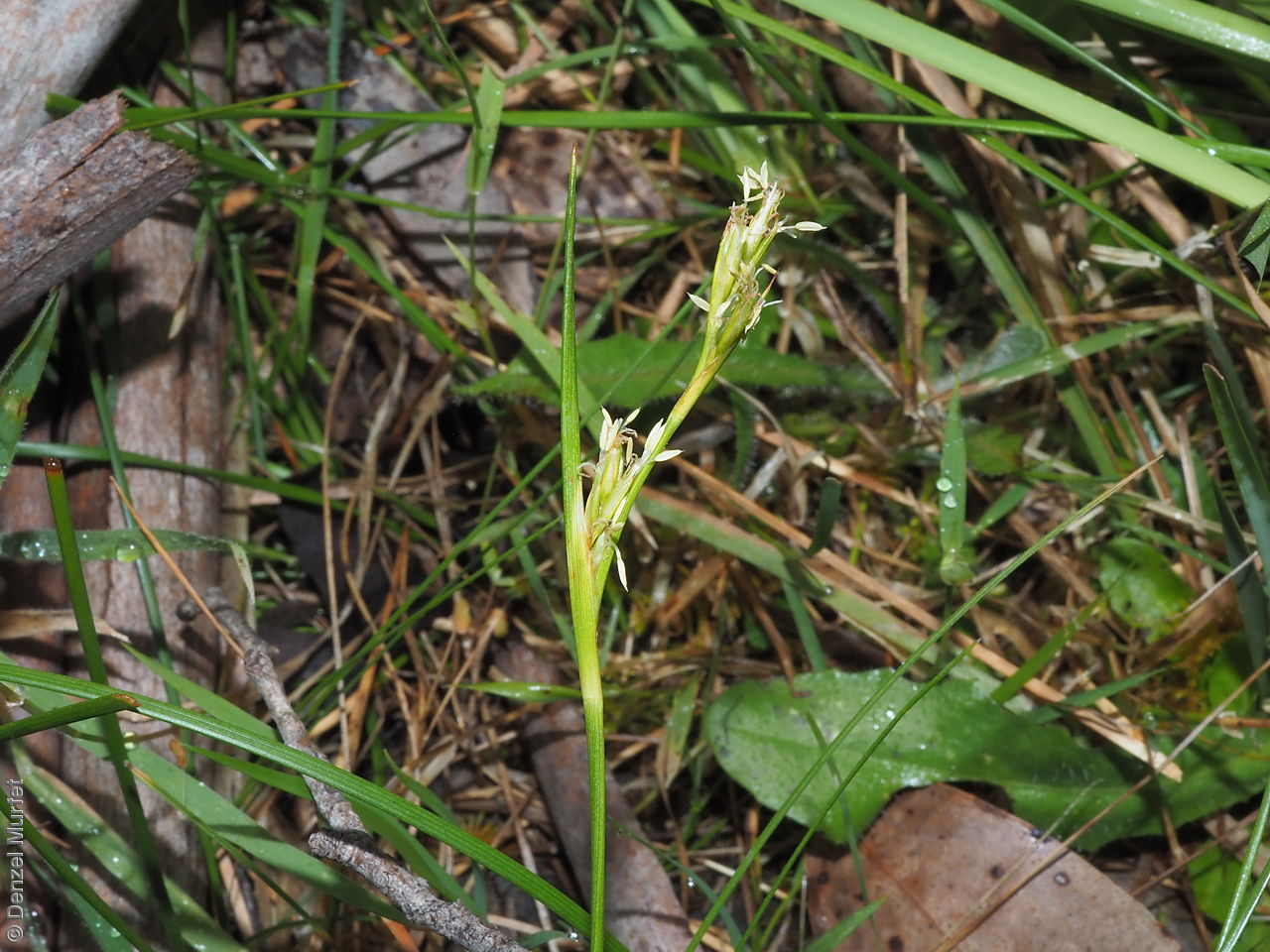
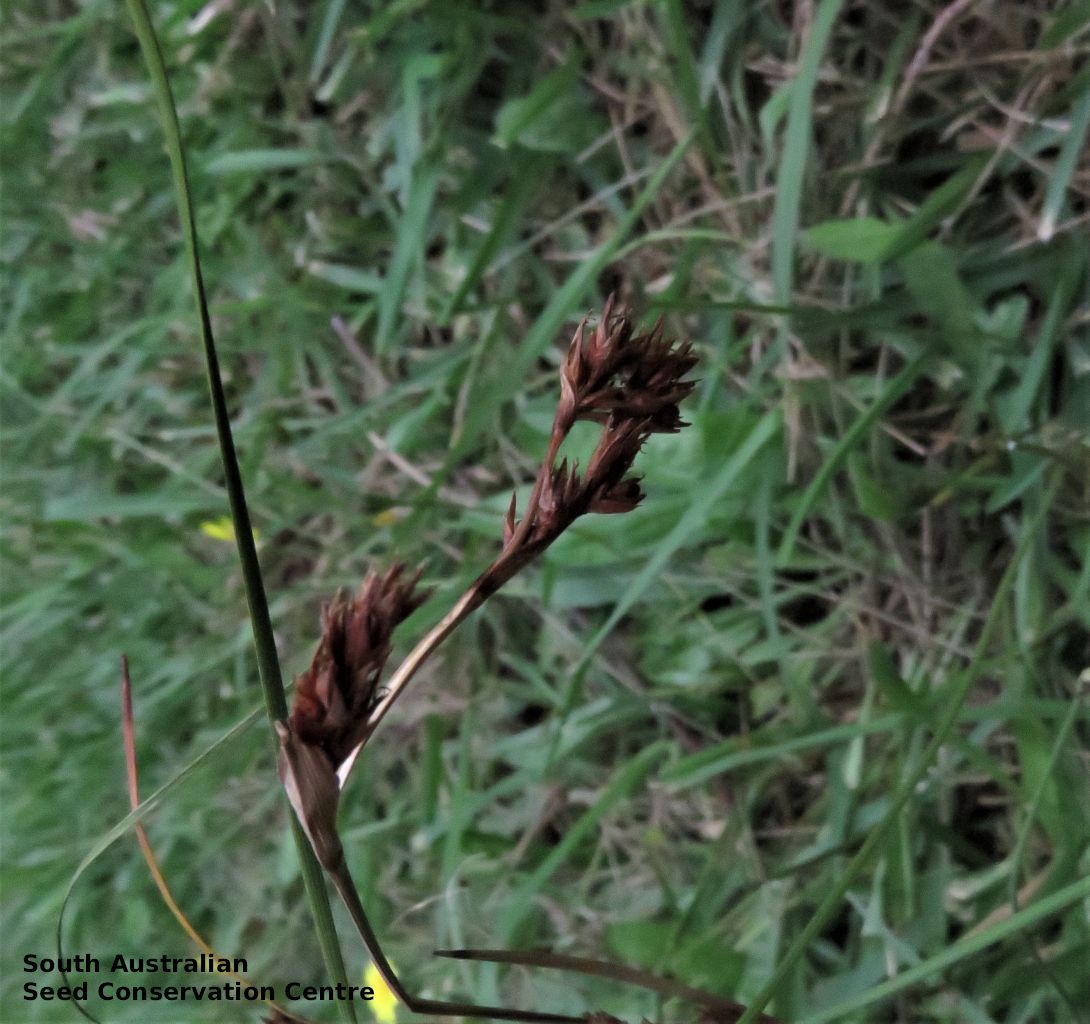
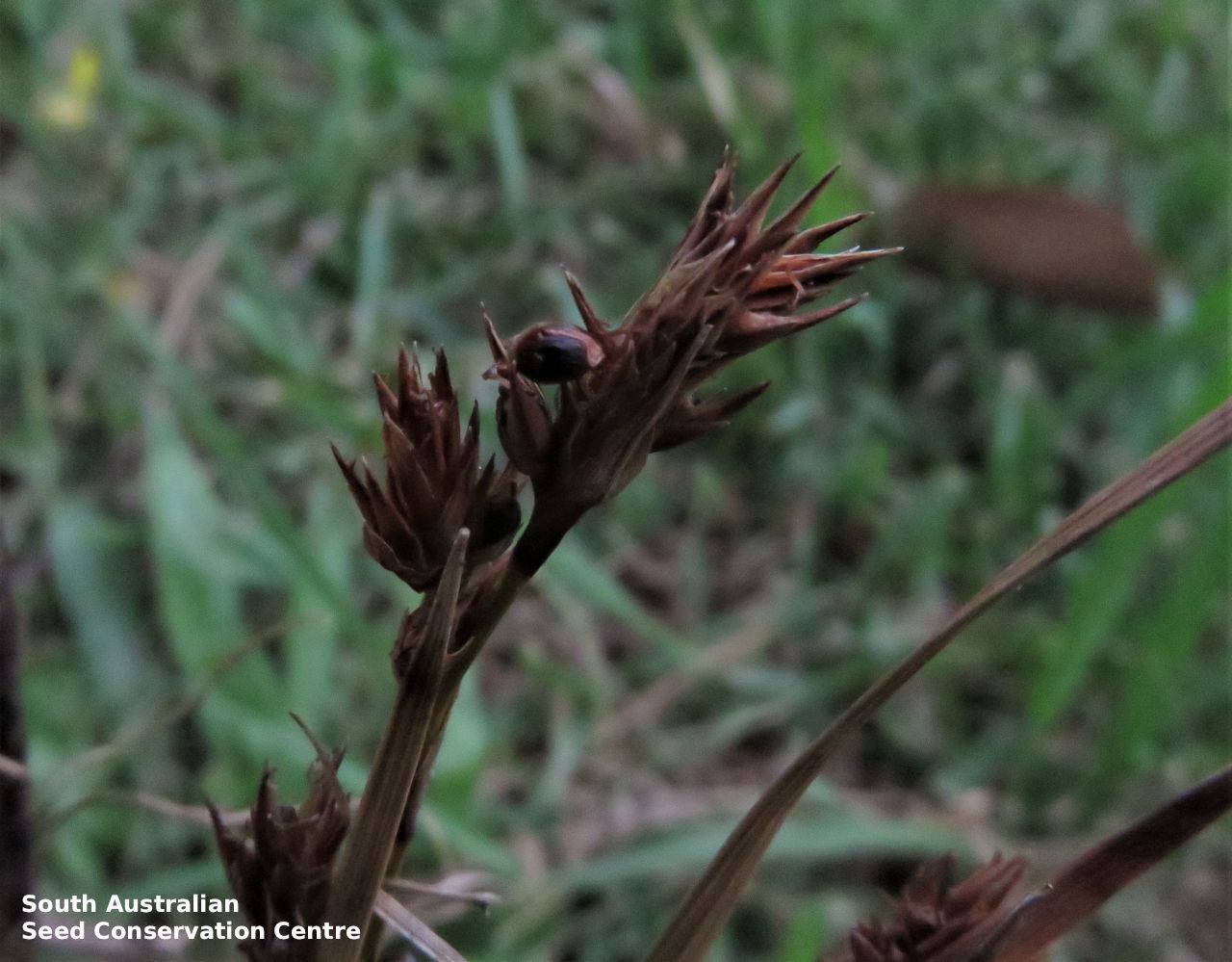
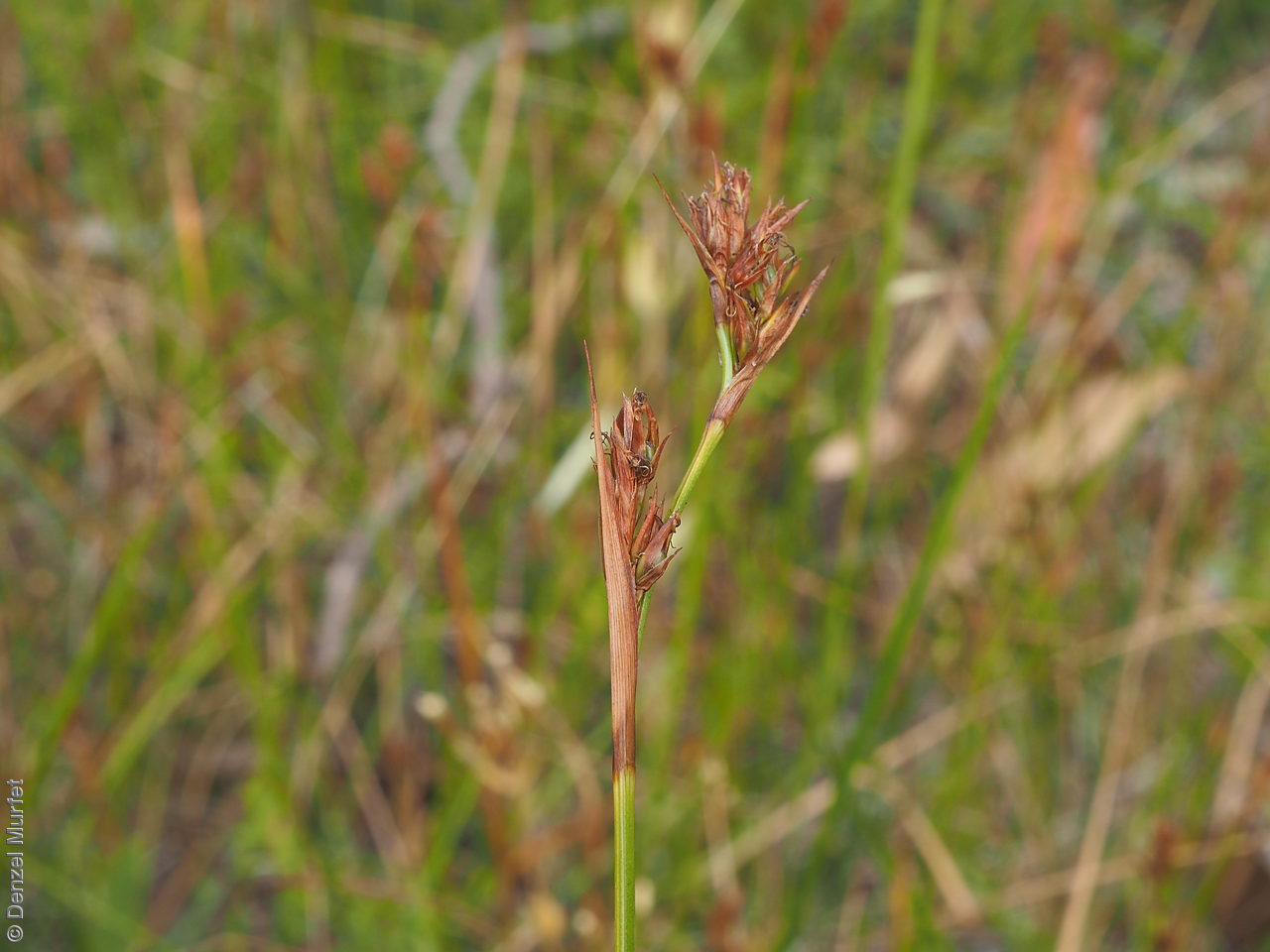
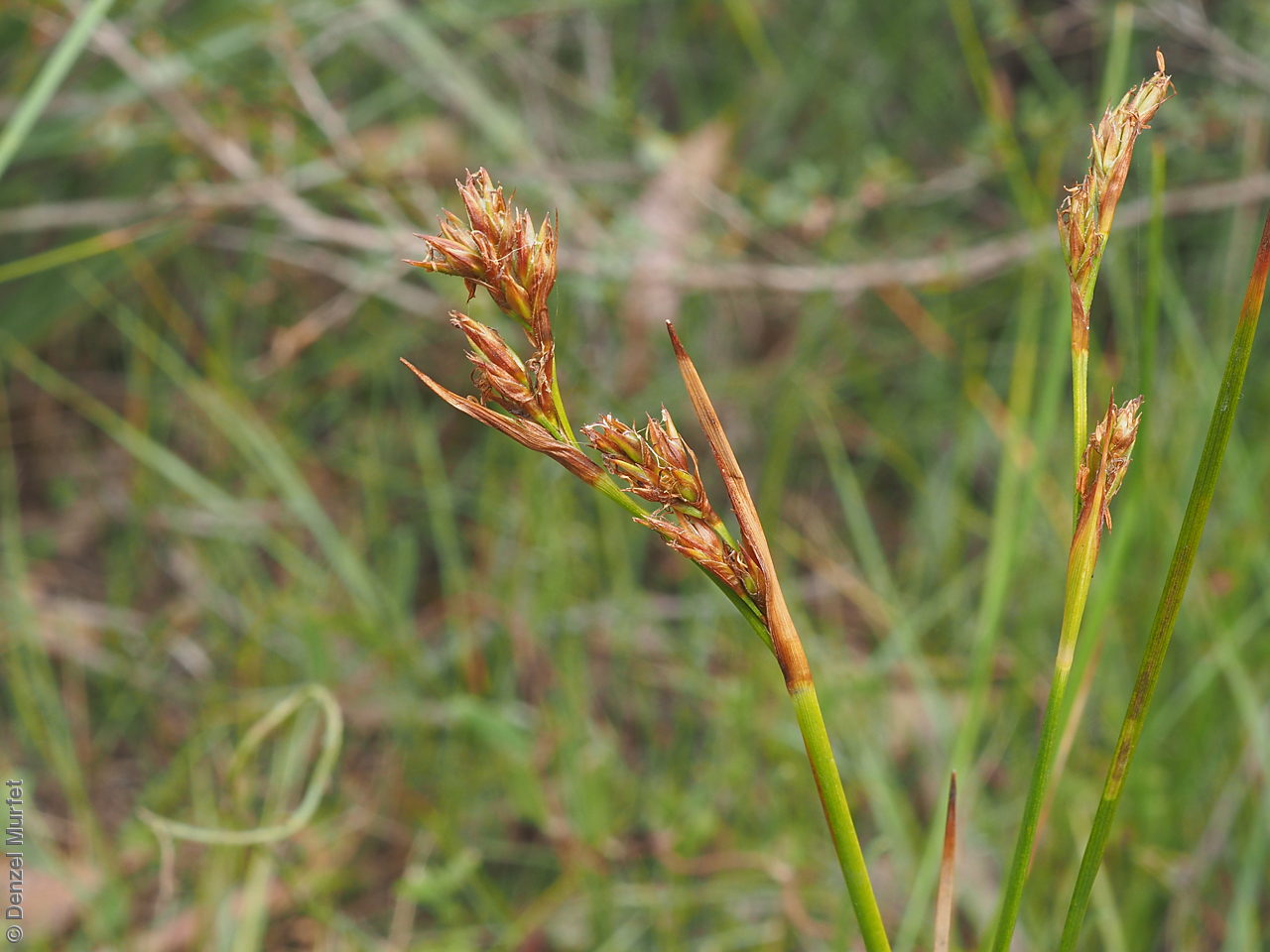
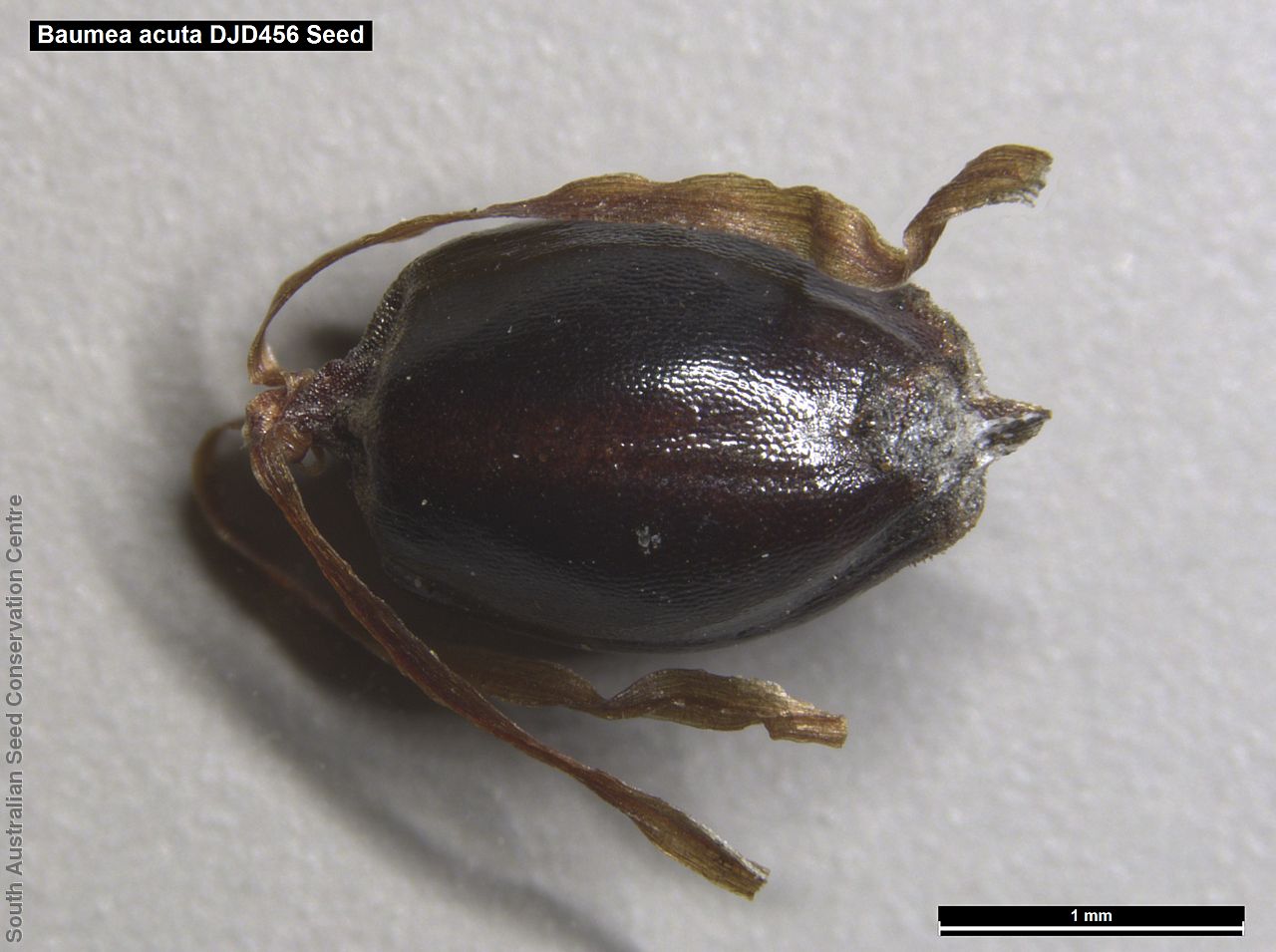
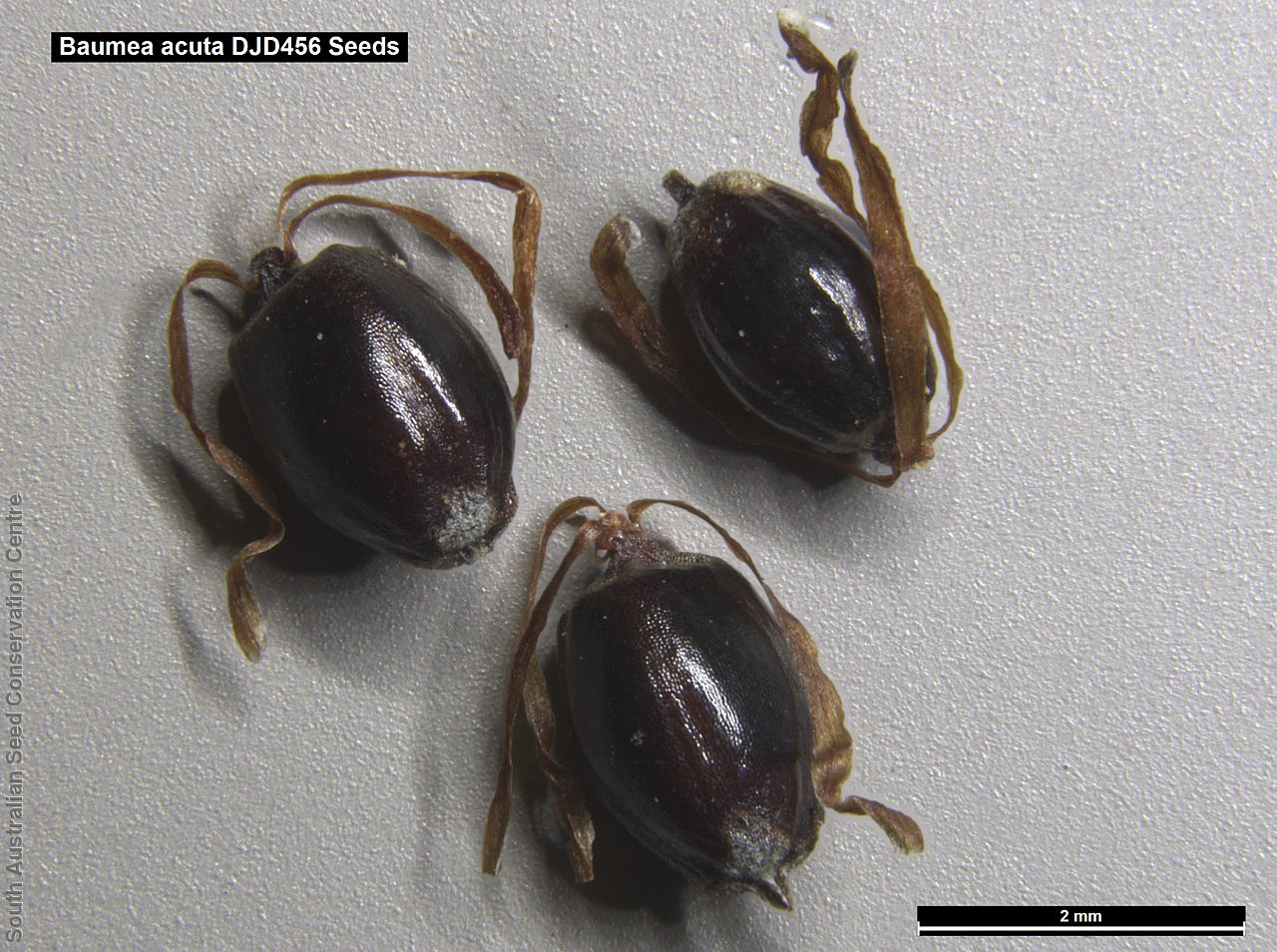

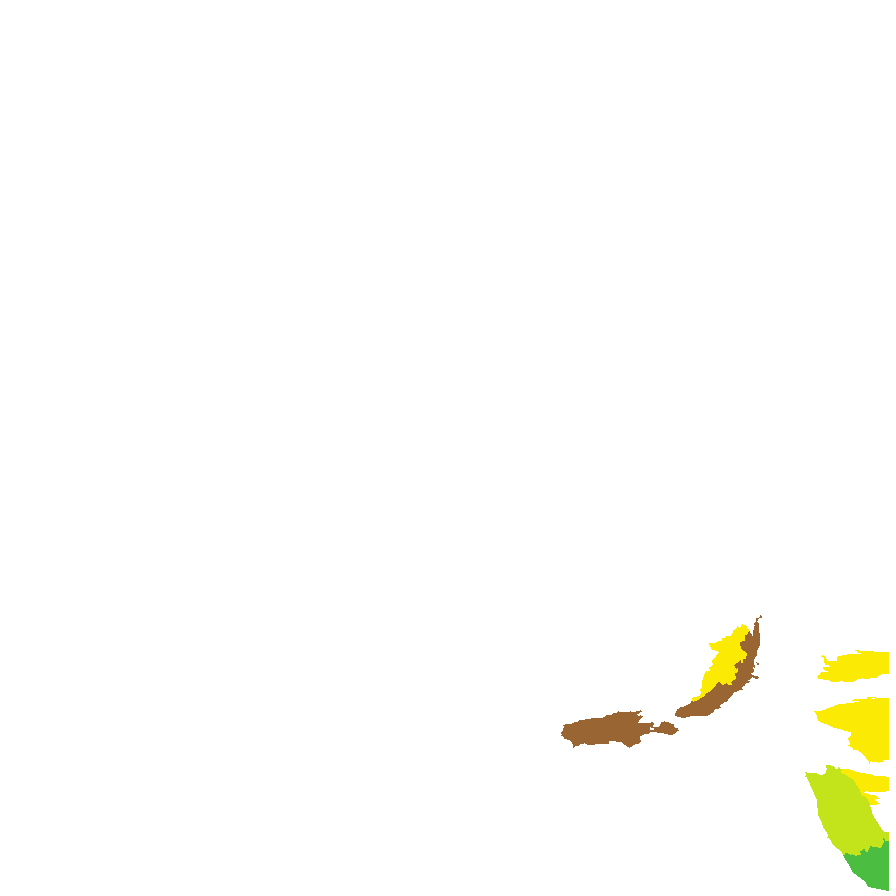
Botanical art
Prior names
Baumea acuta
Schoenus acutus
Machaerina schoenoides
Cladium schoenoides
Cladium acutum
Common names
Pale Twig-sedge
Pale Twig-rush
Etymology
Machaerina from the Latin 'machaera' meaning a bent dagger or sword, and the feminine diminutive suffix '-ina", referring to the shape of the leaves of some species (formally Baumea named after Antoine Baume (1728 - 1804), a French chemist and inventor). Acuta from the Latin 'acutus' meaning sharp or pointed.
Distribution and status
Found on Kangaroo Island, southern Mount Lofty Ranges and the lower South-east in South Australia, growing in swamps and damp heath on open sandy soils. Also found in Western Australia, Queensland, New South Wales, Victoria and Tasmania. Native. Uncommon in South Australia. Uncommon in Queensland. Common in all the other States.
Herbarium regions: Southern Lofty, Kangaroo Island, South Eastern, Green Adelaide
AVH map: SA distribution map (external link)
Plant description
Slender, tufted perennial sedge with long rhizome. Culms rigid, flat to biconvex, node-less, smooth, to 35 cm high and 1.5 mm diameter. Leaves basal with flat to biconvex blade; sheath straw-coloured to pale red-brown. Inflorescence oblong in outline, narrow, erect to 14 cm long and 1 cm diameter. Spikelets few, 1-flowered, to 6 mm long. Glumes 3 or 4, acute, red-brown, with margins ciliate or glabrous. Flowering between spring and summer. Fruits are short red brown heads at the tip of stems. Seeds are dark red to black, ovoid to ellipsoid nut to 3 mm long and 2 mm wide, smooth and shiny surface. Seed embryo type is capitate.
Seed collection and propagation
Collect seeds between December and April. Collect whole heads that are brown, containing dark hard seeds. Not all heads will contain seeds. Place the heads in a tray and leave to dry for one to two weeks. Then rub the heads with a rubber bung to dislodge the seeds. Use a sieve to separate any unwanted material. Store the seeds with a desiccant such as dried silica beads or dry rice, in an air tight container in a cool and dry place. Seed viability is variable depending on maturity of seeds when collected. This species is generally difficult to germinate, it has morphophysiological dormancy and complex germination requirements.
| Location | No. of seeds (weight grams) | Number of plants | Date collected | Collection number Collection location | Date stored | % Viability | Storage temperature |
|---|---|---|---|---|---|---|---|
| BGA MSB | 6,700 (10.5 g) 6,700 (10.5 g) | 100+ | 11-Apr-2006 | DJD456 South Eastern | 28-Jul-2006 | 100% | +5°C, -18°C |
| BGA | 3,300 (5.4 g) | 200+ | 4-Apr-2007 | DJD787 South Eastern | 1-Aug-2007 | 100% | +5°C, -18°C |
Number of plants: This is the number of plants from which the seeds were collected.
Collection location: The Herbarium of South Australia's region name.
% Viability: Percentage of filled healthy seeds determined by a cut test or x-ray.